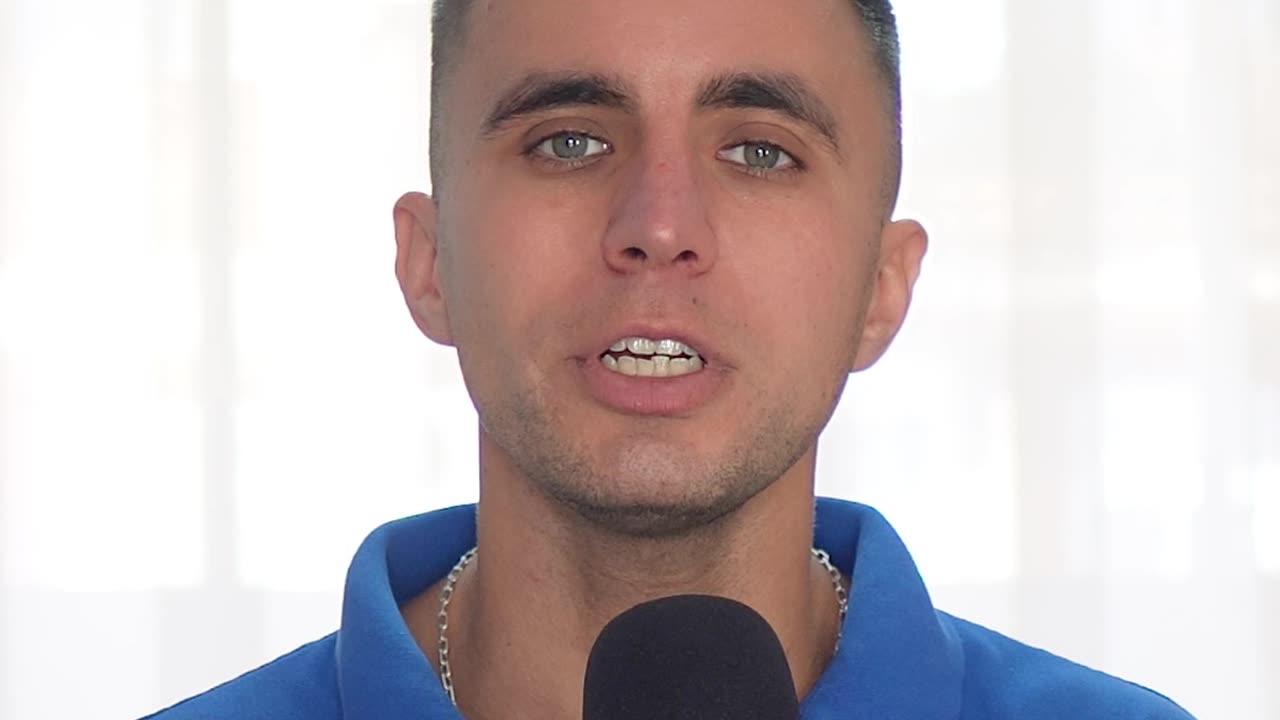Premium Only Content

What causes Myopia?
Myopia, commonly known as nearsightedness, is a refractive error of the eye that causes distant objects to appear blurry while close objects can be seen clearly. This condition occurs when the eyeball is too long in relation to the focusing power of the cornea and lens of the eye. The exact cause of myopia is not fully understood, but several factors are believed to contribute to its development:
Prolonged Near Work: Engaging in activities that require close-up focus for extended periods can strain the eye muscles. This continuous strain might contribute to the elongation of the eyeball over time, leading to myopia. The exact mechanism by which near work affects the growth of the eye is still under study.
Changes in Eye Biomechanics: Research suggests that alterations in the biomechanical properties of the cornea and sclera (the white outer layer of the eye) may influence the development of myopia. Changes in these tissues can affect the eyeball's shape and, subsequently, its ability to focus light properly on the retina.
Hormonal and Systemic Factors: Some studies have explored the role of hormones and systemic factors in the development of myopia. Hormones such as dopamine and melatonin, which are involved in the regulation of eye growth, may influence the progression of myopia. Additionally, conditions like diabetes and certain connective tissue disorders can impact the structure of the eye and contribute to myopia.
Nutritional Factors: Diet and nutrition may play a role in the development of myopia. Adequate intake of nutrients like vitamin D and outdoor activities, which provide exposure to natural sunlight, have been suggested to have a protective effect against myopia. However, more research is needed to fully understand the relationship between nutrition and myopia.
It's important to note that while these factors are associated with myopia, the condition is complex and likely results from a combination of genetic and environmental influences. Myopia often begins in childhood and can progress during the adolescent years when the eyes are still growing. Regular eye examinations, especially for children with a family history of myopia, are crucial for early detection and appropriate management of the condition.
-
 17:59
17:59
JohnXSantos
1 day ago $5.35 earnedI Gave AI 14 Days to Build NEW $5K/MONTH Clothing Brand
23.9K3 -
 2:44:07
2:44:07
DLDAfterDark
10 hours ago $16.03 earnedGun Talk - Whiskey & Windage - The "Long Range" Jouney - After Hours Armory
26.2K1 -
 9:37
9:37
Film Threat
12 hours agoSHELBY OAKS REVIEW | Film Threat
16.7K7 -
 35:40
35:40
The Mel K Show
7 hours agoMel K & Dr. Mary Talley Bowden MD | Heroes of the Plandemic: Doing What is Right No Matter the Cost | 10-25-25
44.3K13 -
 3:06:20
3:06:20
FreshandFit
12 hours agoNetworking At Complex Con With DJ Akademiks
211K23 -
 7:02:27
7:02:27
SpartakusLIVE
10 hours agoThe King of Content and the Queen of Banter || Duos w/ Sophie
42.3K2 -
 1:47:12
1:47:12
Akademiks
9 hours agoLive on complexcon
41.7K5 -
 3:07:36
3:07:36
Barry Cunningham
12 hours agoCAN PRESIDENT TRUMP STOP THE STORMS? ON AIR FORCE ONE | SNAP BENEFITS | MAMDANI | SHUTDOWN DAY 25
43.6K71 -
 13:38
13:38
Exploring With Nug
17 hours ago $9.21 earnedWe Searched the Canals of New Orleans… and Found This!
33.4K6 -
 13:36
13:36
Clintonjaws
1 day ago $35.15 earnedCBC 2024 Election Night - Highlights - This Is Priceless!
68.5K21